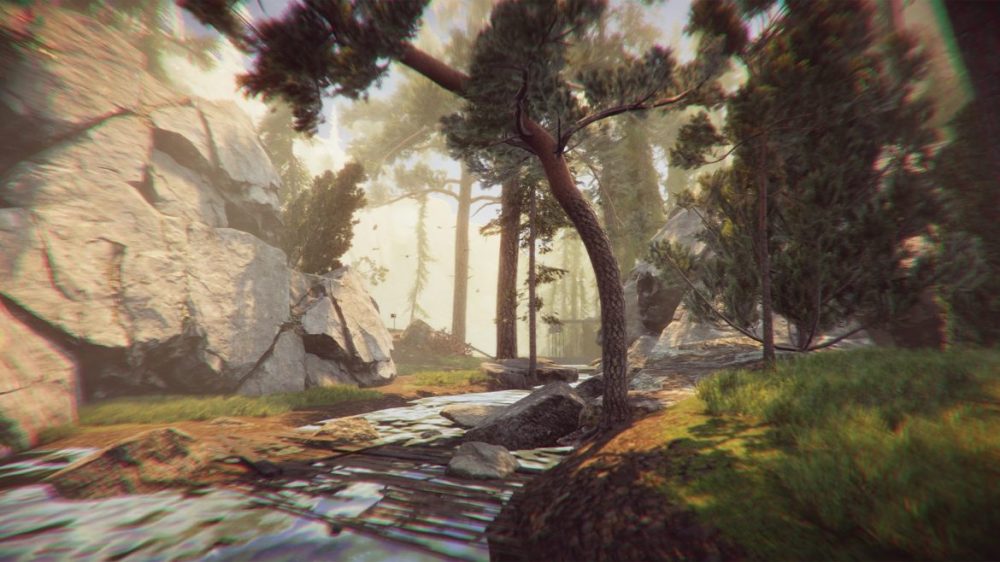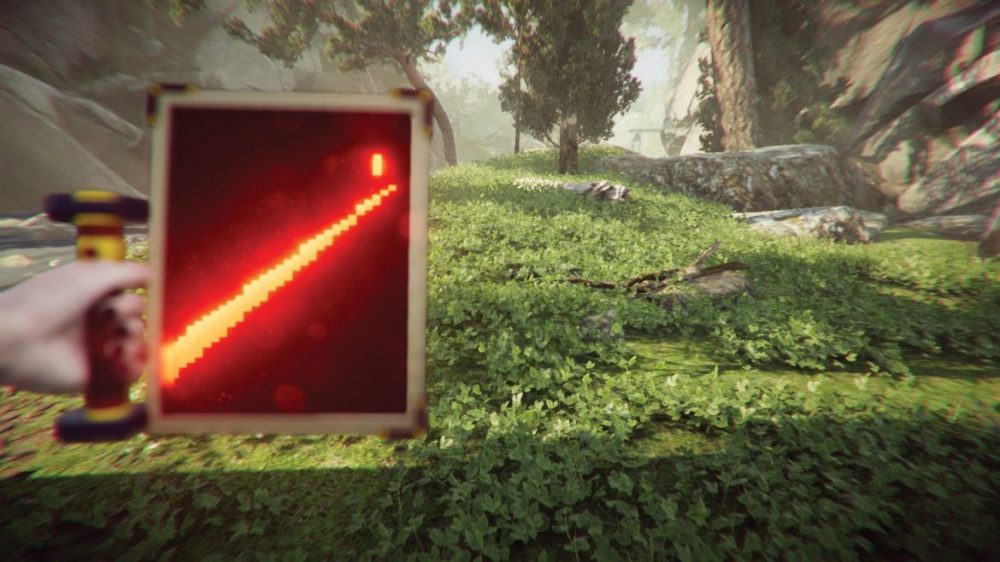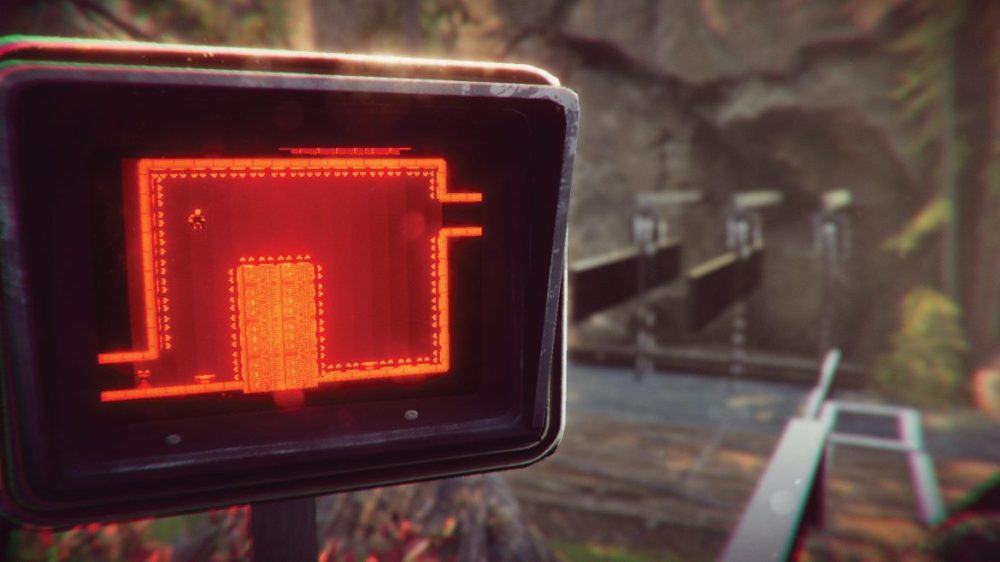TL;DR
Dive into *The Forest Cathedral*, a unique first-person narrative game inspired by Rachel Carson's environmental warnings. You play a scientist uncovering the secrets of an island affected by DDT, aided by the puzzle-solving Little Man. While its retro, multi-layered graphics might seem dated at first, they serve a dramatic purpose. Expect a blend of exploration, environmental storytelling, and platforming puzzles that, while engaging, can sometimes be frustratingly difficult and limit your freedom due to its linear design. If you're looking for something different with historical weight, this intriguing title is worth a closer look. Read on for the full review!
In The Forest Cathedral, players assume the role of a scientist investigating the detrimental effects of the insecticide DDT on the environment. The narrative draws inspiration from the groundbreaking work of Rachel Carson, who meticulously documented the environmental damage caused by DDT. This dramatization places us on an island harboring hidden secrets, where the unfolding events reveal a reality far removed from initial appearances. To aid in this investigation, players are assisted by Little Man, a character instrumental in solving various puzzles.

The Forest Cathedral presents a unique gaming experience. While the initial impression might be that the graphics appear dated and exhibit a low-resolution aesthetic, immersion in the narrative gradually diminishes the focus on technical aspects. The game employs a multi-layered approach, incorporating diverse graphical styles. Predominantly presented in a first-person perspective, the environments are expansive and filled with unexpected elements. Phone and radio communications utilize retro graphics that stand in stark contrast to the rest of the game’s visual presentation. However, this stylistic choice contributes to the game’s overall dramatic effect.

A defining characteristic of The Forest Cathedral is the integration of platforming segments featuring Little Man, which are essential for solving puzzles and progressing through the game. These puzzles involve tasks such as restoring power, opening doors, and operating machinery. This mechanic introduces a shift in gameplay, and contextualizes some of the game’s other distinct elements.

As previously mentioned, The Forest Cathedral distinguishes itself through its unique blend of familiar components. While the individual elements may be recognizable, their combination results in a distinctive and compelling experience. The narrative proves engaging, and the underlying historical context enhances its overall appeal.
The Forest Cathedral was tested on an Xbox Series S, and predictably, no performance issues were encountered. The game’s technical demands are not particularly high, ensuring smooth graphical performance on this platform.
One drawback is that some of the Little Man puzzles present an unnecessary level of difficulty, gating progression until they are solved. Furthermore, the game’s linear structure can create a sense of confinement.

In conclusion, The Forest Cathedral is a well-crafted and unusual game that may not appeal to all players. However, its unique qualities warrant attention, and I would encourage players to explore this intriguing title.
Whitethorn Games provided a review code for this evaluation. The provision of materials does not influence our editorial independence.
